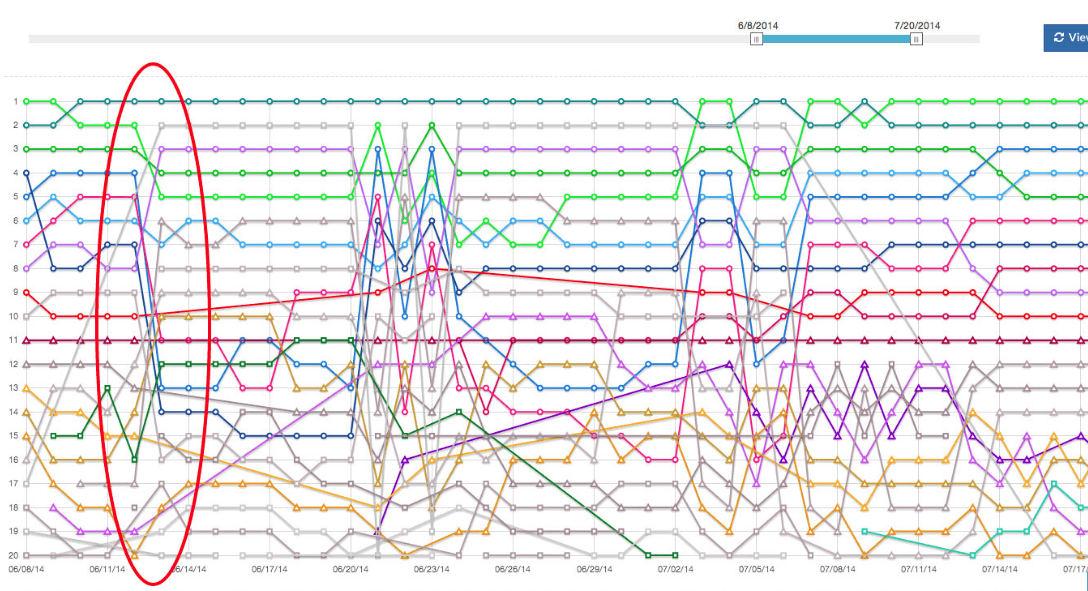![]()
Definition
- VST stands for Virtual Studio Technology and there are three different types of VSTs;VST instruments: These plug-ins generate audio and are either virtual synthesizers or samplers that emulate how the original hardware sounds. VST effects: Effects process audio instead of generating it. These effects are; Reverb, Relay, etc.
- FreeWhiteNoise.com - FREE white and pink noise. Build custom ambient soundscapes. Drowned-out background noise, sooth a fussy crying baby, rest, sleep and concentrate better plus hundreds of other calming and healthful uses.
- White Noise SFX is a free collection of white noise sound effects crafted by Elias Pettersen aka Ammicuz. The library features a wide range of risers, tension builders, drop noises, sweeps and various other transition SFX which have been designed for use in different styles of electronic dance music.
- Free VST plugg-ins TestToneSignal generator with pink and white noise, impulses and sweeps. The file available for download includes 30 plugins including this one. See the author's/host site: maxim digital audio (mda) Download the plug-in HERE (1242,02 Ko).


Free M Audio Vst Random White Noise Cancelling
White noise is a signal made of uncorrelated samples, such as the numbers produced by a random generator. When such randomness occurs, the signal will contain all frequencies in equal proportion and its spectrum will turn flat.
| White Noise 0 dBFS Gaussian Distribution |
Most white noise generators use uniformly distributed random numbers because they are easy to generate. Some more expensive generators rely on the Gaussian distribution, as it represents a better approximation of many real-world random processes. Both generators will sound the same though, and will exhibit the same flat spectrum. They will only differ by the distribution of their sample levels.
Audio Vst Plug-ins
FreeWhiteNoise.com - FREE white and pink noise. Build custom ambient soundscapes. Drowned-out background noise, sooth a fussy crying baby, rest, sleep and concentrate better plus hundreds of other calming and healthful uses.
Listen to our two examples: both noises play at same loudness; however the Gaussian version peaks at a higher level (0 dBFS v/s -6 dBFS). This can be explained as follows: compared to the uniform distribution whose sample amplitudes are equally distributed between a minimum and a maximum value, the Gaussian distribution produces a higher density of low level samples. To keep the loudness constant, Gaussian noise must then produce higher peak amplitudes. In other words, high level samples are less frequent in Gaussian noise than uniform noise, but much higher in amplitude.
White noise has been named by analogy to light, which turns white when all frequencies are summed up into a single beam. As light changes its color when altering its frequency distribution, noise can be 'colored' too, by shaping its frequency content. The best known colors are pink and brown.
There are many different kinds of waves. Sound relates to pressure waves, only audible to us between 20 Hz (bass) and 20 thousand Hz (treble). Light relates to electromagnetic waves, only visible to us between 430 trillion Hz (red) and 750 trillion Hz (violet). There is no relationship between sound and light waves: noise colors are just a handy analogy, nothing more.